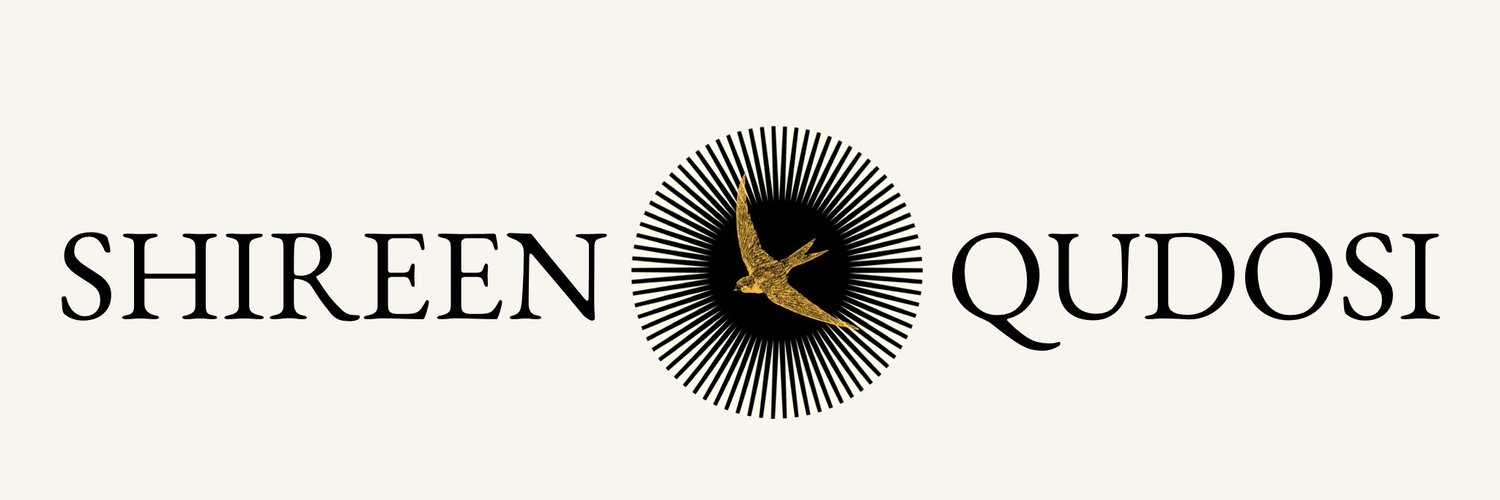What I Discovered After 22 Years of StuDying Religious Conflict
BURY HER IN THE DARK.
After twenty-two years of studying religious conflict, I discovered that Islam was a seed-faith and our task was to bury it in the Dark.
After September 11th, 2001, I quit law school to delve into the rabbit hole of faith, identity, and belonging to understand why the faith I was born into was producing a culture of followers that seemed to welcome a destructive unraveling. Studying patterns of extremism, Islamic theology, and history didn’t offer a solution that helped us get any closer to understanding current faith-based conflict. I began digging deeper into Islam’s origin story hoping to find a thread that would explain why it felt like adherents of my religious identity were unraveling at faster speeds during what is one of the most innovative periods in human history. I wondered why despite seismic advancements in technological and social development, and leaps toward understanding human behavior, we were regressing. The regression wasn’t anchored to parts of the world that suffered from economic and state security; the regression into obsessive and rigid identities was also a problem in the West.
During the cauldron that was 2020, I began wading into the waters of sacred feminine traditions, finding fertile ground in the Paleolithic lineage of women’s history. There was one particular puzzle piece in Islam, the so-called “Satanic verses” that stood out like a monolith across the landscape of faith, identity, and belonging. That monolith began coming into alignment like an eclipse as I delved into the sacred feminine.
In 2022, global support erupted for Iranian protests born from of the murder Mahsa Amini, a Kurdish-Iranian woman beaten into submission — into death — for not complying fully with Iran’s morality police. Iran’s morality police enforce a fringe and distorted view of Islam onto an entire population, not unlike many other regressive Muslim communities that over centuries have confused concealment within the Dark — the sacred feminine aspect of God, the veil of Mystery — with a literal covering. What was designed as a choice for women to ease themselves from the glare of a harsh environment (whether that environment was the elements or the eye of strangers), had over the years through the scaffolding of culture, become a distorted interpretation that became a mandate. Over time, a mandate became a death sentence in some parts of the world.
In the winter of 2022 through the spring of 2023, I became Persephone and immersed in the underworld of a rich primordial Dark. I spent months in the cavity of silence, the sanctum of my own heart where I paired the evidence I had gathered over 22 years of study, with the knowledge I was gaining from studying sacred feminine traditions, with my own awakening intuition as the thread that sewed together a new tapestry of identity. I came to the realization that Islam as it had been received was not in its finality. Islam was conceived in the cave, the symbolic womb of a woman, to be carried across 1400 years like all those who have journeyed from one homeland to another, carrying seeds of the memory of home to be planted when it became safe to settle and flourish. Islam was offered as a seed to be later buried in the Dark when the time came for its women to rise — our time. At its heart, Islam was not a masculine faith of war; it was a deeply feminine faith.
Islam is not feminist faith, but a feminine faith — a faith of the Mother. In The Song of the Human Heart: Dawn of the Dark Feminine, I began an archeological dig of the heart, mapping the way back to the Mother of all creation by looking at the most important Islamic scriptures in the story of Islam: Prophet Muhammad receiving the faith in the womb of the cave, the prophet retreating into a cave during a sacred pilgrimage, and (most importantly) the question of the “Satanic verses” — a controversial moment in Islam that has been a dark stain in the faith. I saw the stain as a portal, an invitation.
The Song of the Human Heart: Dawn of the Dark Feminine (the first book in a three-part series) was published this year, but the story in so many ways was only beginning. The first book became a portal for the books to come, a portal for me to deepen into feminine traditions, but also an invitation for the gathering of women in the Mago tradition. Humanity is a chorus and the earth is ready for a new song — and I believe the women whose hearts pulse with the same resonant frequency of the earth are carriers of that song.
In the months since publishing, I met the wise Therese Doherty, who wrote a beautiful insight into the premise of a Dark Islam, carrying the song forward by threading the pearls of wisdom I found in the deep waters of the feminine heart, with her own wisdom. I found treasures in the webinar Dr. Helen Hye-Sook Hwang hosted with Helen Benigni and Barbara Carter’s Sequani calendar that further informed my next book, The Song of the Mystery: The Foundation for Human Belonging. And I found kindred spirits in the men who are on this journey with us, like Dr. Brad Patty, a veteran and student of history and philosophy who saw the potential the work had in birthing a new renaissance of Islamic culture.
The Song I sought was as much my own as it was the song of Islam, but more importantly, the heart of my work points to a song within us all coming together after a millennium of being scattered by the winds of disruptive human history.
With Reverent Curiosity,
Shireen Qudosi



